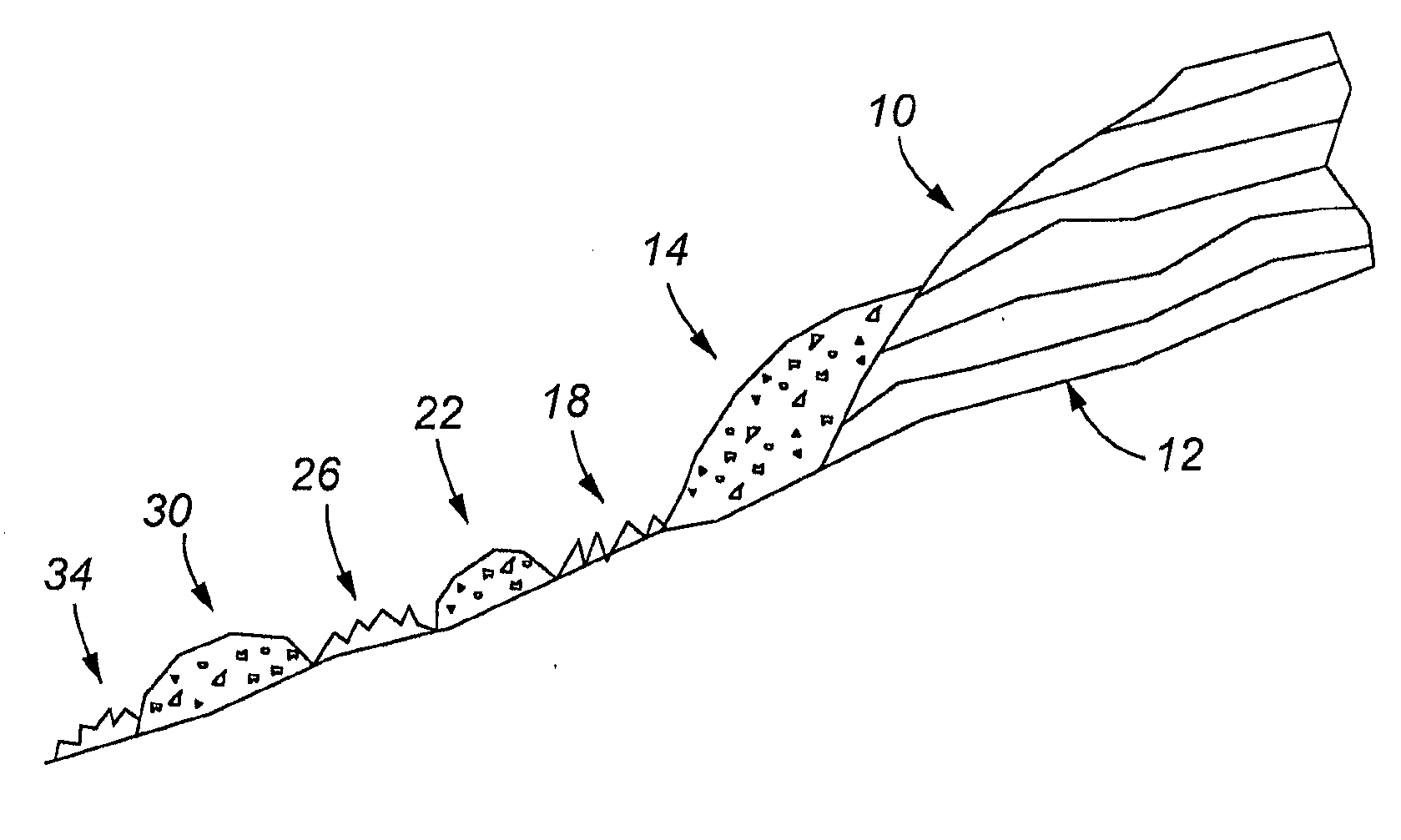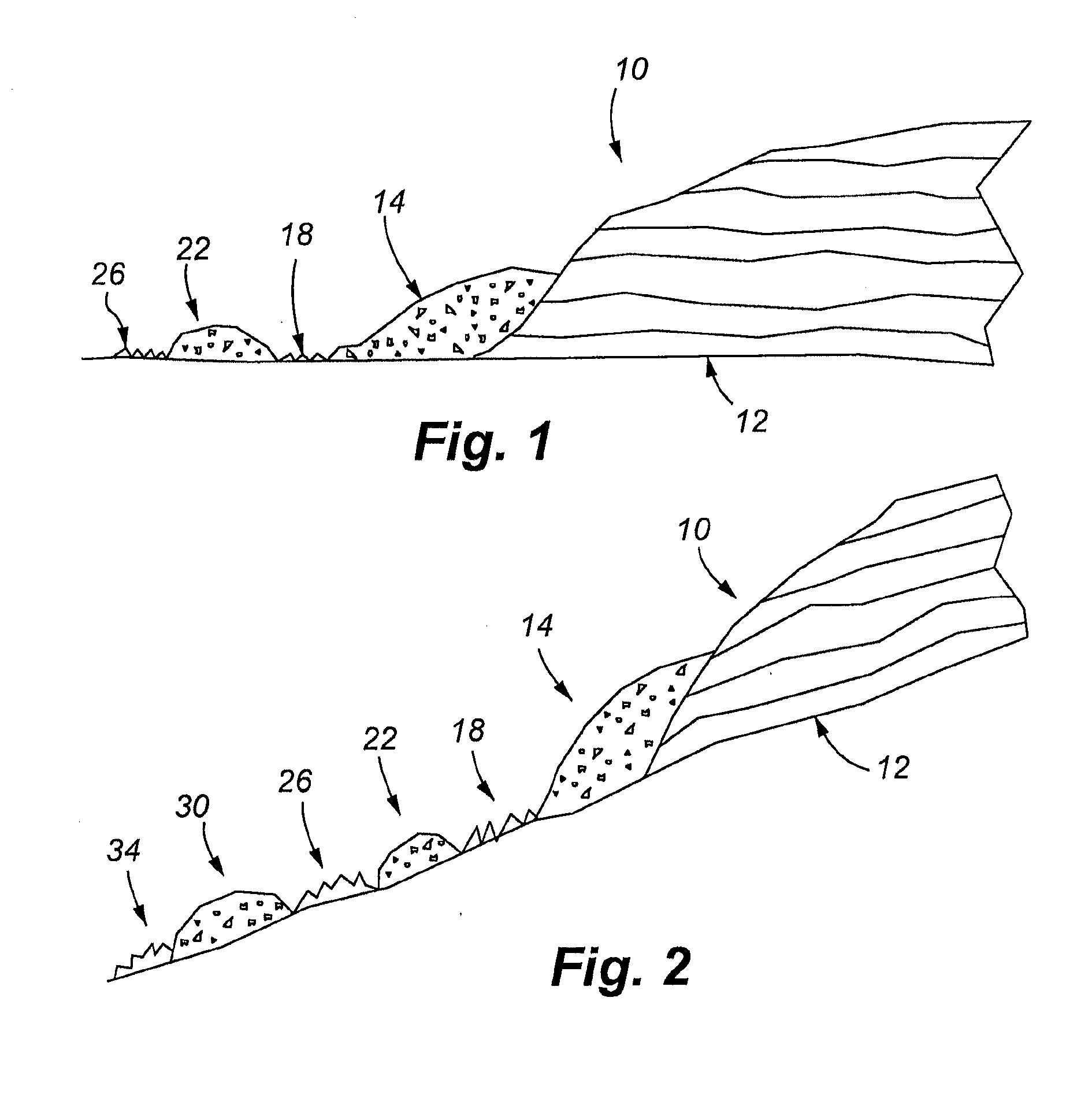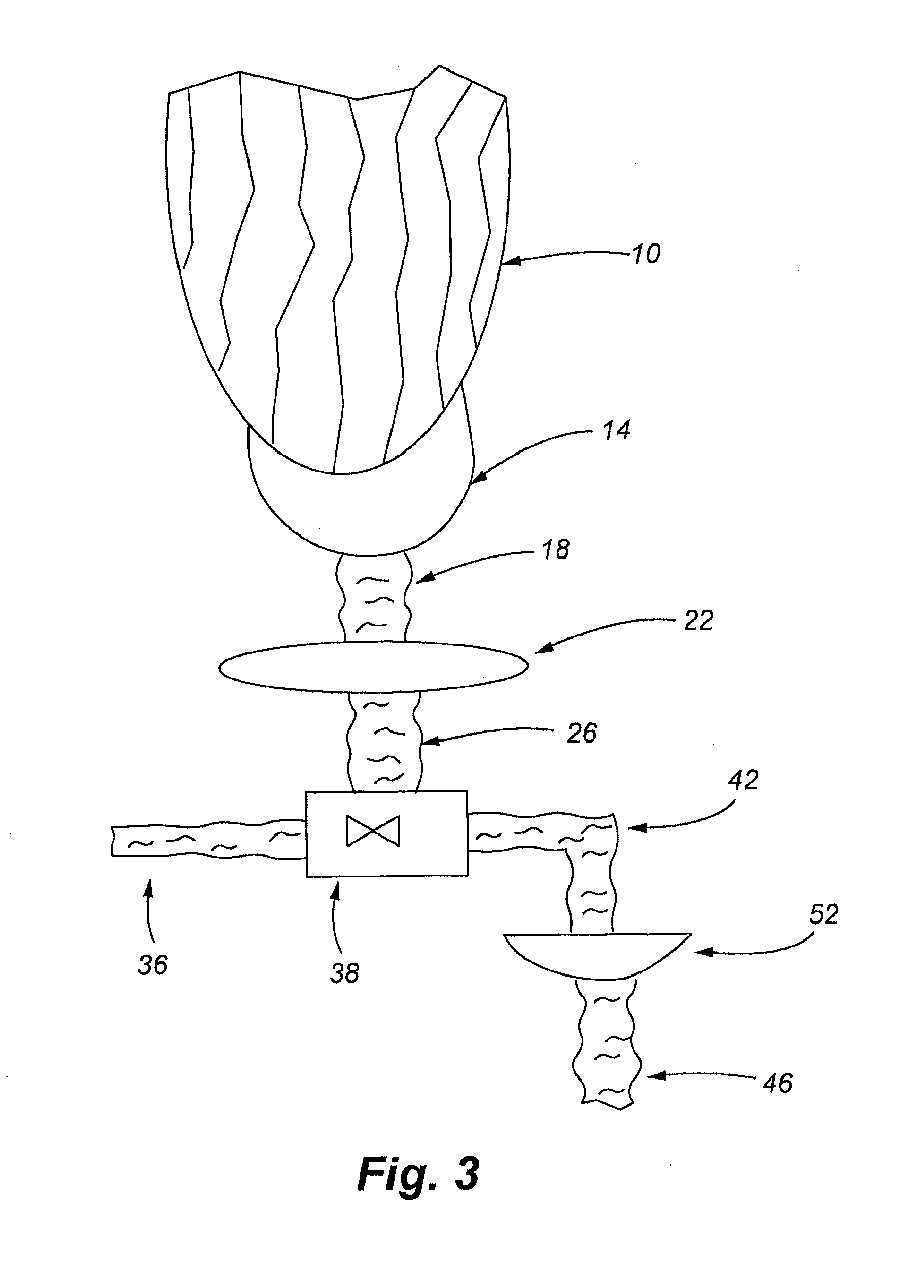Thus, water has been called the new oil, a resource long squandered, increasingly in demand and hence more expensive, and soon to be overwhelmed by unquenchable demand.
In fact, in its
natural state, much of the world's water is unsuitable for most human needs.
While methods exist for the purification and
desalination of water in order to produce potable and commercially appealing water, (e.g., reverse-
osmosis), many of these methods suffer from the drawbacks of high production costs, carbon emissions from the facilities in which they take place, and a significant level of waste water per volume of resulting
potable water.
Moreover, these methods have also been criticized for the strain they put on natural aquifers.
In addition to the drawbacks discussed above, purification and
desalination of water to remove undesired contents such as harmful
bacteria and
heavy metals, typically is an energy-intensive process.
In addition to the raw
energy consumption required to produce
clean water, it is estimated that at least twice the amount water is used in the production process than is actually bottled.
The primary causes of these
contamination concerns, aging water distribution infrastructure and
pollution, are significant public works concerns that will require significant time and cost to update and repair.
From the discussion above it is clear that for much of the world, the seas are not a viable option for obtaining water.
While these are useful sources of water, overuse and political aims have led to aquifers falling, reservoirs
drying up and rivers no longer flowing to the sea.
However, known methods have been disadvantageous, because some of the natural purity of the ice has been lost in the preparation of the ice as drinking water, after ice has been taken out from its natural occurrence, such as an iceberg.
While methods of obtaining or producing pure water may be known, distribution of such water to regions where it is needed most remains problematic.
Indeed, many areas in need of a reliable
water supply do not have the availability of the resource itself to even reap the benefits of purification technologies.
Devices and methods for transporting large volumes of water to distant regions of the Earth have proved costly and inefficient.
For example,
filtration, purification, and bottling of water for transportation and consumption have become a subject of scrutiny in recent years.
In addition to the raw
energy consumption required to produce
clean water, it is estimated that at least twice the amount water is used in the production process than is actually bottled.
Furthermore, the production and transportation costs of these methods are proving to be more and more taxing upon our
planet's already strained natural resources.
Recent research has also revealed that one
common method for transporting water and drinking liquids, containment via plastic bottles, poses a variety of health and environmental risks.
In addition to the obvious strain that this puts on landfills and natural resources, many of these bottles may also contain
Bisphenol (“BPA”) which may
pose health risks to humans.
Even bottles that do not contain BPA
pose the risk of leaching other chemicals into the contained water or fluid.
Moreover,
current distribution systems are not responsive to constantly fluctuating demands for water.
Thus, volumes of water are shipped based on estimates of sales with the result that too much, or too little, water might be shipped.
Thus water may sit for long periods of time prior to consumption, leading to leaching of container components and off tastes.
Moreover, all of the water supplied at the bottling
plant is the same, meaning that the customer has no ability to obtain water having a desired, special characteristic.
Thus, currently there are no methods of obtaining and distributing inland
ice water in its pure form.
Moreover, no method currently exists for economically distributing inland
ice water in an on-demand fashion, based on need and desirability of specific characteristics.
Additionally, a long felt but unsolved need exists for a method and
system that can be economically employed to procure waters having some of the above reference positive attributes without including undesired components.
 Login to View More
Login to View More 









